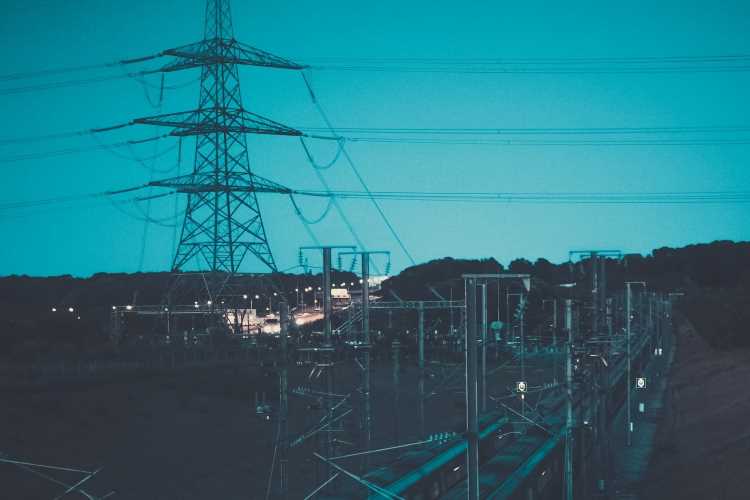By Pavithran Rajan
Threat to India’s critical infrastructure: Beware the Ides of March, a date that held special significance for the Romans. March 15 is a date for debts to be settled, popularised by William Shakespeare in his play Julius Caesar. In the play, a soothsayer attracts Caesar’s attention and tells him:
Beware the ides of March.
Caesar demands: What man is that? Set him before me, let me see his face.
When the soothsayer repeats his warning, Caesar dismisses him, saying: He is a dreamer; let us leave him. Pass.
Two acts later, Caesar is assassinated on the steps of the Senate on March 15, both in the play and in real life.
READ I FDI from China: India must balance strategic and economic interests
The Ides of March has since been used to warn all rulers, that all warnings to a sovereign need to be heeded and only disregarded after proper study. With de-escalation signals emanating from the LAC, a fresh digital salvo with much more strategic punch than salami slicing of the borders greeted India and its policy makers on the first day of March 2021. The soothsayer this time is an American company Recorded Future’s Inskit Group that deals with threat intelligence of the digital kind, the modern-day Caesar is the government of India.
Chinese threat over critical infrastructure
The Inskit report documented the Chinese penetration of the Power Sector. As per the report “10 distinct Indian power sector organisations, including 4 of the 5 Regional Load Despatch Centres (RLDC) responsible for operation of the power grid through balancing electricity supply and demand, have been identified as targets in a concerted campaign against India’s critical infrastructure. Other targets identified included two Indian seaports.’
READ I Cybersecurity: Some critical issues in a digitising world
This particular report when examined in the context is just the latest in a long list of other reports by numerous experts on strategic affairs on the dangers of foreign participation in India’s critical infrastructure. The Inskit Report throws up the following questions for the national leadership. Firstly, how are foreign companies repeatedly getting a better intelligence picture of our critical infrastructure?
Second, who is responsible for policy initiatives wherein Chinese OEMs have penetrated both the Power and ICT sectors and does such penetration have a national security dimension? Third, are officials, industry bodies and academia responsible for these decisions using outdated security standards with limited geopolitical relevance? Fourth, what are the solutions; immediate, mid- and long-term.
READ I How can India correct trade imbalance with China
Bureaucracy may turn a blind eye
There are many more questions that can be raised, but answers to these four is a good starting point as it is evident from the Indian government’s recent pronouncements and actions that the dangers have been recognised. Recognising the danger is just half the battle won, comprehensive policy solutions can only happen by table top wargaming with the political leadership involved.
Leaving this to the bureaucracy comes with the risk of the truth being hidden by the very people responsible for the mess in the first place, as the bureaucracy is a structure that ensures continuity and process rather than structural change. In fact, structural change is anathema to all bureaucracies and a national leadership that does not understand this run the risk of empty policy articulation with high risk of implementation failures.
READ I Reducing dependence on China for active pharmaceutical ingredients
India’s critical infrastructure vulnerable
For those uninitiated in the intricacies of cyber warfare, the equivalent of the ground of tactical importance (GTI) capture of which will unravel the defence of the opponent is the power sector, as all other facets of a modern state is dependent on power. Modern power grids are controlled by the ICT networks. The ICT networks in tandem with the power grids are the strategic high grounds in any war between nuclear powers.
Any nation that can control or debilitate both the power sector and ICT networks of its opponent will win the wars of the Information Age. By permitting Chinese companies to set up power plants and participate in the core ICT networks of India, myopic policy makers have undermined national security. Any military defence of India has to plan for rapid indigenisation of both these domains. Such attacks cannot be defended against without the support of the OEM. That Indian policy makers have not planned for this is an indicator of a deeper malaise affecting modern India.
READ I Why India should strive for control over its data, internet
The disengagement at the LAC is in a small sector and tensions can again flare up in other areas is something that the nation needs to plan for. Evidences of the Chinese opening up new fronts deep in the Indian hinterland is evident from the Inskit Group report.
The Chinese penetration of the critical infrastructure is much beyond the power sector. The broadband infrastructure of India rests on Huawei appliances administered by BSNL, other network operators mostly hire leased lines from BSNL. The GoI needs to ascertain its impact by instituting a multidisciplinary committee and fast-track effective remedial measures.
(Pavithran Rajan is a former military officer. He is the author of the book Engaging China: Indian Interests in the Information Age. The views expressed in this article are personal.)

